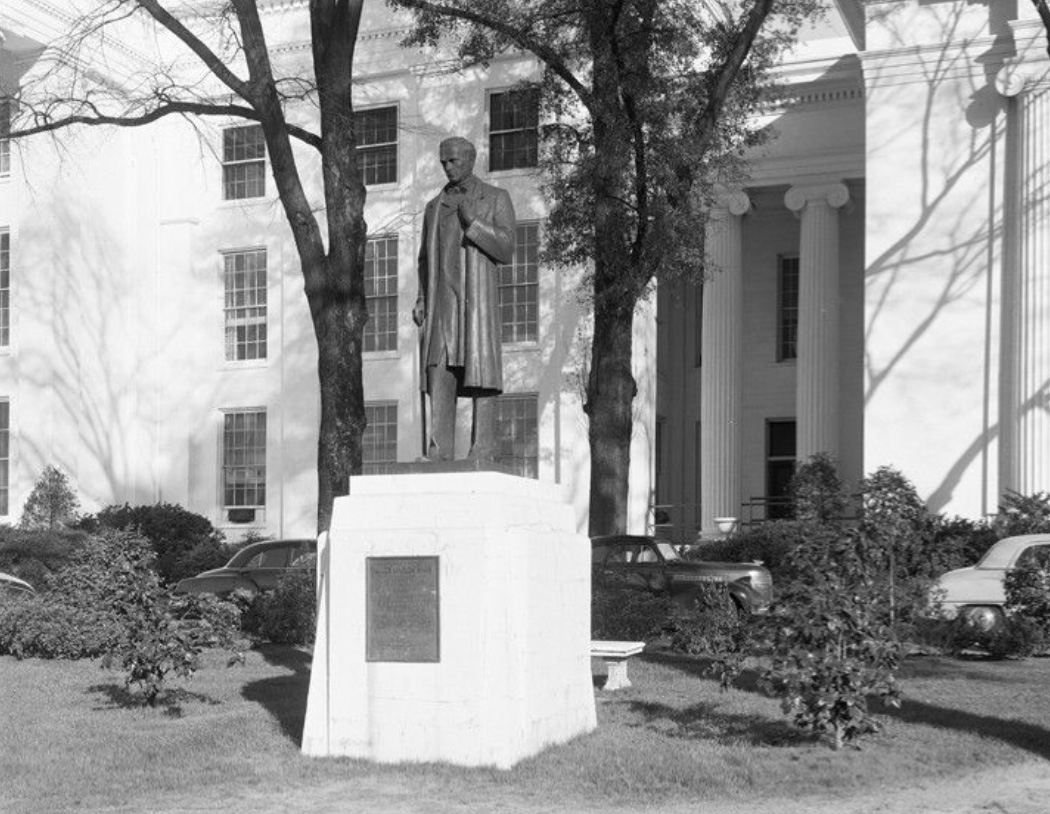By Brucie Porter
The legacy of Alabama’s “father of gynecology” masks the exploitation of Black bodies in medicine. On April 19, 1939, the Medical Association of Alabama unveiled a statue honoring Dr. James Marion Sims on the Capitol grounds. Dr. James Marion Sims, known as the “father of gynecology,” began practicing medicine in Alabama in 1836, developing a specialty for “women’s medicine” which focused on complications during pregnancy and childbirth. To gain experience, Sims practiced on enslaved women without anesthesia or consent. Praised for his surgical achievements, Sims is credited with numerous scientific advancements like the invention of the speculum, that continue to benefit patients. However, these advancements could not have occurred without the exploitation of poor, nonconsenting, enslaved women of color. Sims used the bodies of Black women to practice his new techniques. Sims learned from his experiments on Black women to improve his procedures, ensuring that consenting patients never experienced the pain felt by the enslaved women Sims practiced on.

In 2021, Montgomery-based artist Michelle Browder unveiled the “Mothers of Gynecology” monument near the National Memorial for Peace and Justice. The monument, featuring three of the twelve Black women known to have been operated on by Sims, aims to counter the historical narrative of the “father of gynecology.” Browder’s work is not alone in criticizing Sims and his legacy. States across the country, including New York, have opted to remove or redress their memorials of Sims. Despite increasing opposition, Sims’ memorial continues to stand on the Alabama Capitol grounds. For Sims’ supporters, his statue connects Alabama to a history of medical achievement. Yet, by neglecting to acknowledge the enslaved women critical to Sims’ career, his memorial perpetuates the power imbalances central to his medical contributions. Sim’s legacy points to a long history of racial disparities in healthcare that continue to impact people of color. By ignoring this history, his monument stands as a singular, uncritical celebration of white power.


